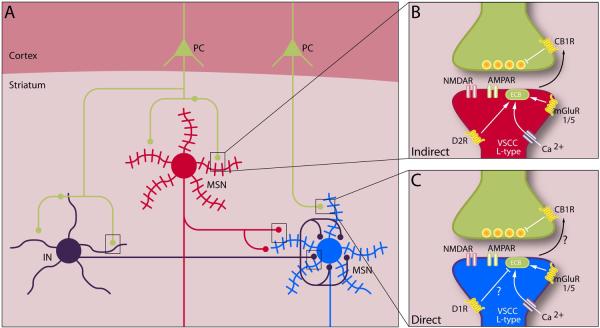Figure 2. Synaptic plasticity in the striatum.
(A) Simplified schematic of striatal neurons and their interconnections. Cortical pyramidal neurons (green) project to striatal interneurons (INTs) and medium spiny neurons (MSNs) of the direct (blue) and indirect (red) pathways. Interneurons also form synapses on medium spiny neurons. Rectangles highlight potential sites of synaptic plasticity that could alter striatal output from MSNs. Corticostriatal synapses on direct and indirect pathway MSNs are expanded at right. (B) Indirect-pathway spines contain dopamine D2 receptors (D2R), group I mGluRs (mGluR1/5), and L-type voltage-sensitive calcium channels (VSCCs), which synergistically mobilize endocannabinoid (eCB) release that can induce presynaptic LTD by acting at cannabinoid receptors (CB1R). (C) Direct-pathway spines contain dopamine D1 receptors (D1R), group I mGluRs, and L-type VSCCs. Endocannabinoid-dependent LTD reportedly occurs at direct-pathway MSNs under conditions in which D1 receptors are not activated.

